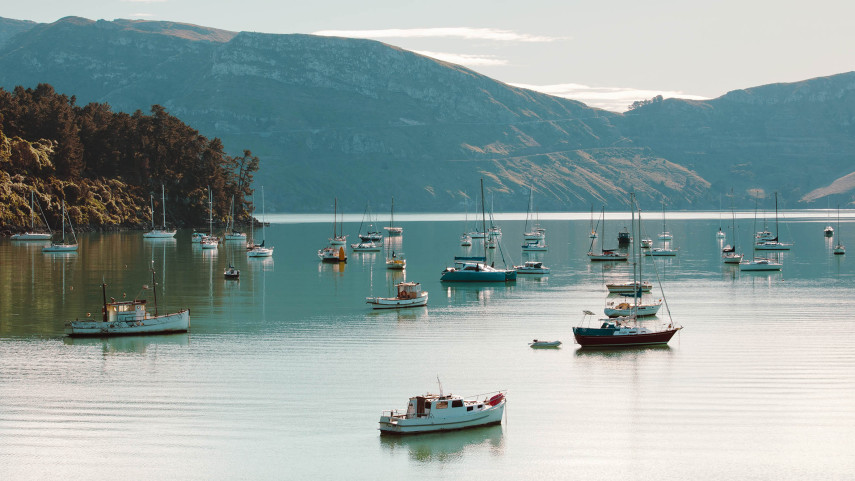Final call for feedback on plan for sea-level rise in Lyttelton Harbour
Share this story
People who live, work and play in Whakaraupō Lyttelton Harbour are being invited to help shape their futures and have their say on a final draft plan for adapting public assets to the impacts of sea-level rise.
Christchurch City Council and the Whakaraupō Lyttelton Harbour to Koukourarata Port Levy Coastal Panel are seeking feedback on the plan which focuses on six at-risk coastal communities: Rāpaki, Allandale, Teddington, Te Wharau Charteris Bay, Purau and Koukourarata Port Levy.
The plan – which has been guided by earlier feedback from the communities and supported by a technical advisory group – outlines the Coastal Panel’s preferred ways of adapting vulnerable public assets to the impacts of coastal flooding, erosion and rising groundwater.
The assets include roads, wharves and walking tracks, among other things, that have been deemed to be at risk now or within the next 30 years.
Council staff will be holding an online webinar and heading along to community meetings and events in the coming weeks so people can learn more and ask questions about the Draft Adaptation Plan. Feedback is open until 17 November 2024.
Team Leader Coastal Hazards Adaptation Planning Jane Morgan says it is important the Council hears from as many people as possible.
“The feedback we receive from this final round of engagement will help to test whether the Coastal Panel’s preferred adaptation pathways are agreeable to the wider community, before final recommendations are put forward to councillors for a decision on the plan next year.
“Once approved, the adaptation pathways will guide the management of public facilities and infrastructure over the coming decades – so it’s important people spread the word and let us know what they think.”
Ms Morgan says the draft plan tackles some difficult decisions for communities.
“There’s acknowledgement in the plan that that some tough decisions and trade-offs will need to be made to balance competing priorities and costs for the Council and for ratepayers.
“Some of the preferred pathways reflect a decision to prioritise the natural environment by closing, moving or removing assets. For other assets, it’s been deemed more suitable to protect them in their current locations.
“There’s also no guarantee that existing public assets will be maintained and available into the future. Closing, removing or retreating them are options that may need to be considered in response to changing conditions and the prioritising of needs across the district.”
“Communities will also need to be better prepared to live with the impacts of climate change, with some public assets, like walkways and roads, being closed more frequently in the future as we experience more severe storm events.”
Ms Morgan says acting sooner rather than later is critical if the Council and communities are to get ahead of the impacts of sea-level rise.
“Sea-level rise is here to stay, and its effects are already having an impact on how we live, use and move around our coastline and low-lying inland areas. There are some important decisions we can all be making now to make sure communities are better prepared, and that includes private property owners.
“We’ve previously directly contacted a number of people in the Whakaraupō Lyttelton Harbour to Koukourarata Port Levy area whose properties may be at risk from coastal hazards. The first step in adapting to the challenges is understanding the risks. This way, people can begin to think about the future and make informed decisions when it comes to their properties.”

